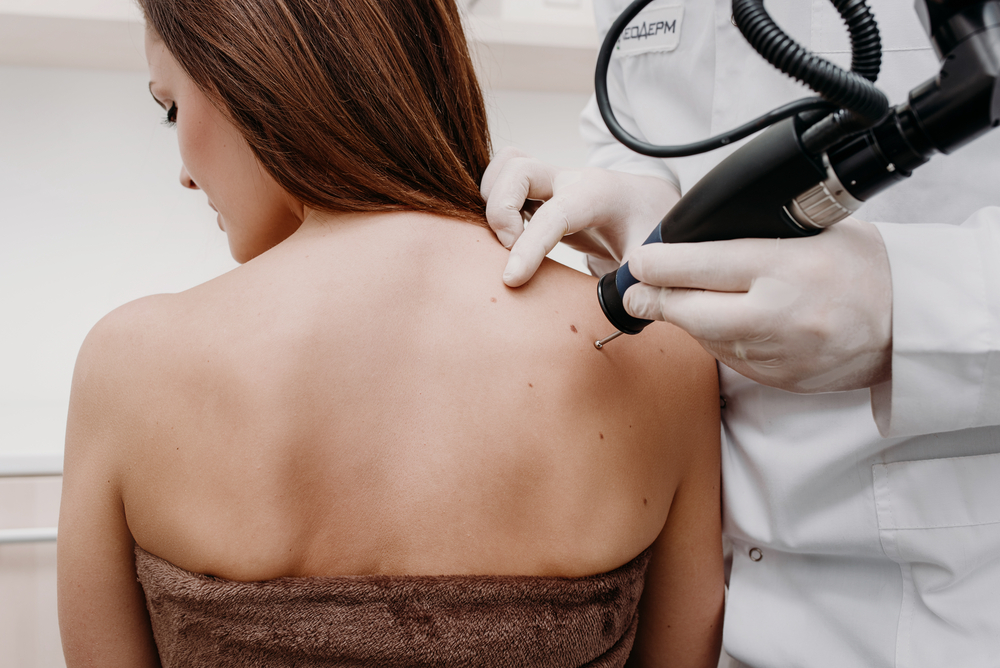
Warts are caused by the human papilloma virus (HPV). This causes an excess of a substance called keratin to develop in the top layer of skin, resulting in a hard, rough lump. Most people will have warts at some point in their life. They’re generally harmless and tend to go away on their own eventually, but this can take months or even years. Warts come in all shapes and sizes. They can spread in any part of the body, but are more common on the hands and feet. They tend to be:
Verrucas are a type of wart that affect the bottom of the feet. They varies in shape and sizes and commonly found on the hands and feet. They tend to:
It can be difficult to tell warts apart from other skin conditions, such as skin tags, molesor actinic keratosis.
Treatments for warts and verrucas
Most warts and verrucas will eventually clear up without treatment. But if you find it uncomfortable or embarrasing, there are several treatments you can try to help get rid of warts and verrucas more quickly.
Pharmacy treatments may include burning the top layer of affected skin by using creams, gels, skin paints and medicated plasters containing salicylic acid. Another one is by freezing the wart by using cold sprays containing dimethyl ether propane also known as liquid nitrogen. But, this will take a number of sessions and can be painful. It can also sometimes lead to blistering, infection and scarring.
Applying duct tape to a wart or verucca is not recommended. There’s not enough evidence that this works.
If the pharmacy treatment didn’t work out, you may consult a skin doctor or dermatologist for specialist treatments such as a minor operation, laser therapy or stronger creams.
Preventing warts and verrucas
The following measures can help stop the spreading of warts and verrucas on the different part of your body:
Overview and FactsTypes and SymptomsDiagnosis & MedicationsOverview and Facts Tetralogy of Fallot is a congenital heart defect that affects the [...]
Overview and FactsTypes and SymptomsDiagnosis & MedicationsOverview and Facts Trichinosis, also known as trichinellosis, is a parasitic infection caused by [...]
Overview and FactsTypes and SymptomsDiagnosis & MedicationsOverview and Facts Trigeminal neuralgia is a neurological condition characterized by severe facial pain. [...]